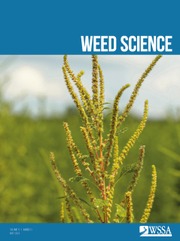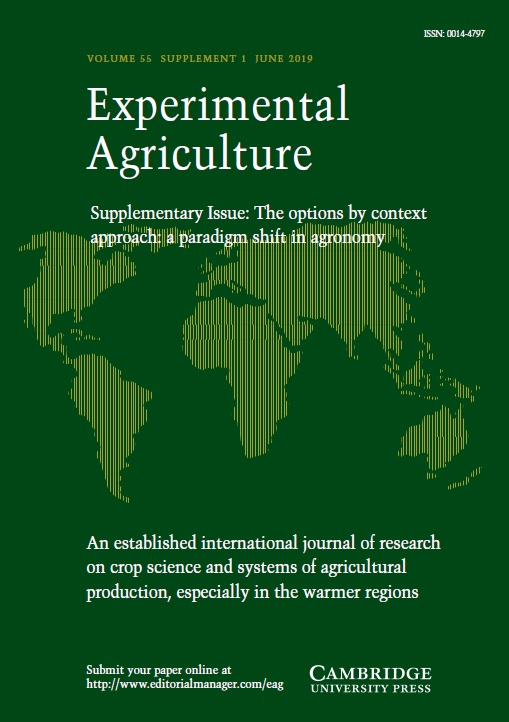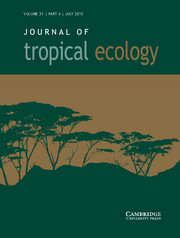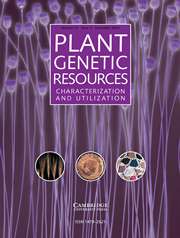Plants in Changing Environments
Linking Physiological, Population, and Community Ecology
£175.00
- Author: F. A. Bazzaz, Harvard University, Massachusetts
- Date Published: November 1996
- availability: Available
- format: Hardback
- isbn: 9780521391900
£
175.00
Hardback
Other available formats:
Paperback
Looking for an inspection copy?
This title is not currently available on inspection
-
Forces of nature and human intervention lead to innumerable local, regional and sometimes global changes in plant community patterns. Irrespective of the causes and the intensity of change, ecosystems are often naturally able to recover most of their attributes through natural succession. In this thoughtful and provocative new book, Fakhri Bazzaz integrates and synthesises information on how disturbance changes the environment, how species function, coexist, and share or compete for resources in populations and communities, and how species replace each other over successional time. Furthermore, the book shows how a diverse array of plant species have been used to examine fundamental questions in plant ecology by integrating physiological, population and community ecology. Graduate students and research workers in plant ecology, global change, conservation and restoration will find the perspective and analysis offered by this book an exciting contribution to the development of our understanding of plant successional change.
Read more- First book by one of the leading figures in the field of plant ecology
- Complements growing list of publications in the global change and conservation fields
- Unique synthesis of information on how plants respond to change as individuals, groups and whole communities
Reviews & endorsements
'I will strongly recommend this book to my students as a source of ideas, literature and general inspiration … it is first-rate, and it is a unique mine of information and ideas that cuts a huge swathe across plant ecology … It is very well produced, and the paperback version is excellent value. If you are interested in plants and ecosystems, buy a copy!' Colin Prentice, Endeavour
See more reviews'… researchers interested in learning how they might link physiological, population and community ecology in understanding any ecosystem will have much to gain by reading this book.' Philip W. Rundel, Trends in Ecology and Evolution
'This book is filled with a wealth of information and ideas that, no doubt, will serve as a source of inspiration for students and research investigations for years to come.' H. A. Mooney, Tree Physiology
'The book is illustrated with a huge number of clear figures, its language is easy to understand, the cited references are numerous and valuable. Besides its high scientific value the book makes an interesting and fascinating read.' K. Szente, Journal of Plant Physiology
' … a gem: self-contained in style, reference and content, a first calling point for all my future enquiries about successional processes.' Annals of Botany Company
Customer reviews
Not yet reviewed
Be the first to review
Review was not posted due to profanity
×Product details
- Date Published: November 1996
- format: Hardback
- isbn: 9780521391900
- length: 332 pages
- dimensions: 236 x 157 x 24 mm
- weight: 0.607kg
- contains: 152 b/w illus. 9 tables
- availability: Available
Table of Contents
1. Introduction and background
2. Plant strategies and successional change: a resource-response perspective
3. Community composition and trends of dominance and diversity in recovering ecosystems
4. The environment of successional plants: disentangling causes and consequences
5. Recruitment in successional habitats: general trends and specific differences
6. How do plants interact with each other?
7. Plant/plant interactions and ecosystem recovery
8. Competition and the evolution of response breadths and niches
9. Ecological and genetic variation in early successional plants
10. Coping with a variable environment: habitat selection, response flexibility: tracking, acclimation, and plasticity
11. Physiological trends of plant in recovering ecosystems
12. Crossing the scales: can we predict community composition from individual species response?
13. From fields to forests: forest dynamics and regeneration in a changing environment
14. Succession and global change: the implications of migration, extinction, and adaptation
References
Index.
Sorry, this resource is locked
Please register or sign in to request access. If you are having problems accessing these resources please email [email protected]
Register Sign in» Proceed
You are now leaving the Cambridge University Press website. Your eBook purchase and download will be completed by our partner www.ebooks.com. Please see the permission section of the www.ebooks.com catalogue page for details of the print & copy limits on our eBooks.
Continue ×Are you sure you want to delete your account?
This cannot be undone.
Thank you for your feedback which will help us improve our service.
If you requested a response, we will make sure to get back to you shortly.
×
















